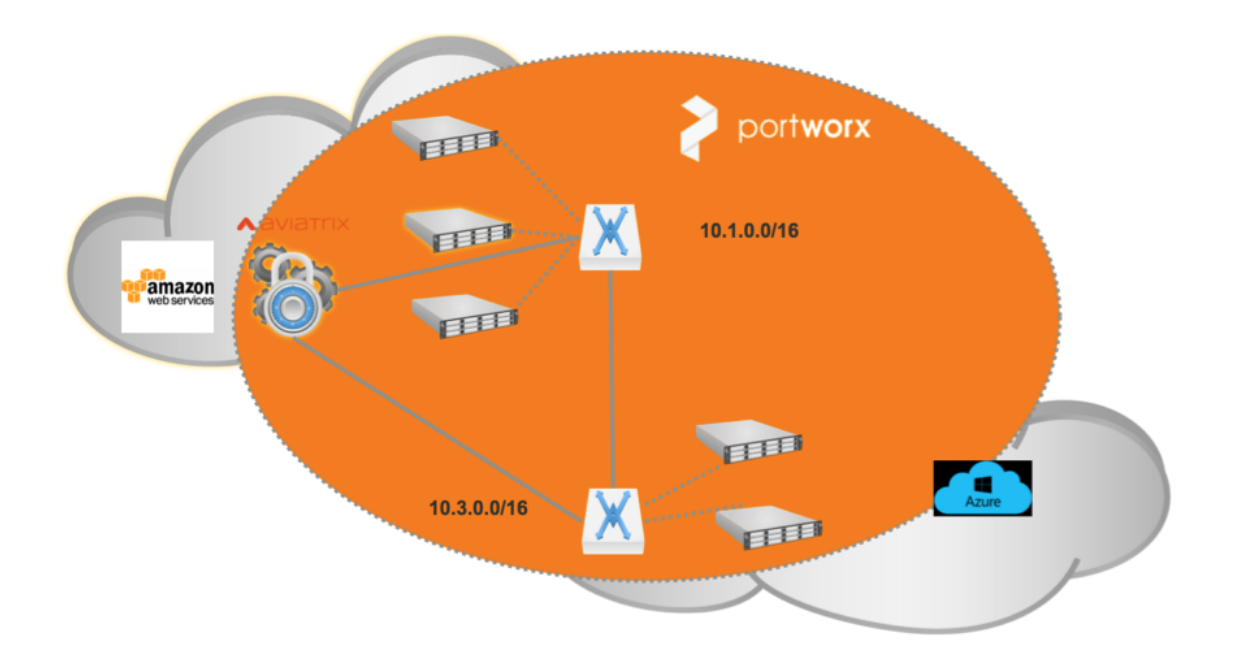
Today I posted a demo on the Portworx YouTube Channel that is the most powerful I’ve posted to date. I encourage you to watch it here.
In the demo, I show a single Portworx elastic data service fabric spanning servers across two different cloud providers: Amazon EC2 and Microsoft Azure.
Why does this matter? Why do you need durability across clouds or “availability zones”? The entire point of defining a “failure domain” is to acknowledge the potential scope of a failure or outage — at any scale, whether it’s a rack, a row, or an entire data center. If you need continuous data access, then you can’t afford to overlook the scope of a “failure domain.”
To drive home the point around data availability, in the video I spin up a database app in EC2, load the database with customer order detail, and then forcefully kill the EC2 node…

… and then spin up the database app on a server in Azure using the same volume. There’s no data loss whatsoever!
Enterprise IT faces a constant tension. Internal and customer requirements always drive the need for more innovation and agility — but this always comes with associated risks around data availability. The emerging world of containers is a perfect example. How do you adopt these new agile compute methods, while providing guarantees for business continuity?
Here’s your answer: Portworx.